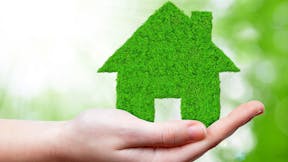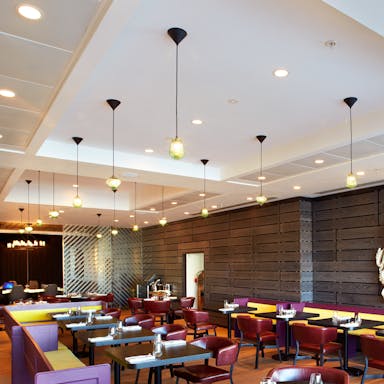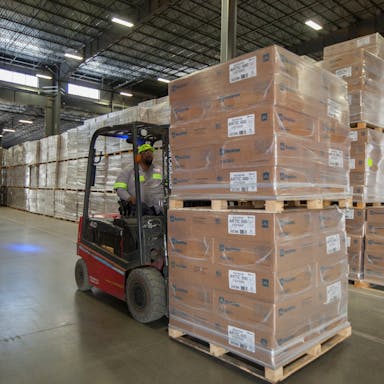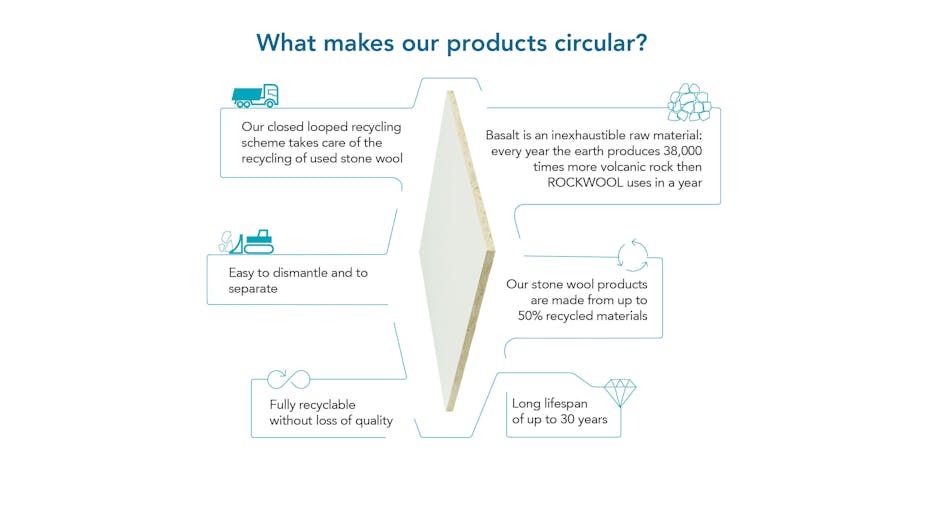Upcycling creates more value
Upcycling generally means transforming the product at the end of its life into something of higher value. This could be, for example, transforming the wood recovered from a floor into nice wooden furniture.
The goal of upcycling is to prevent useful materials to end up as waste, and that the company can reduce its consumption of raw materials. It adds a significant value to the business as it lowers their energy spent on producing new products as well as helps their sustainable profile with lower production costs and energy use. It offers an alternative and cut down their environmental waste.
This is very important in today’s economy as waste streams are transformed into valuable resources for future products. [2]
Downcycling doesn’t conserve the value
Downcycling is a form of recycling that turns the existing material into a substance of lower value than the original one. This can also be due to the fact that the product can’t retain its durability and original technical properties once it’s reprocessed, therefore the material can’t re-enter the same cycle. This is the case for many types of plastics nowadays. This can be the case, for example, crashed concrete at the end of life of a building, it can be downcycled into road filler, a product of less value and complexity than the original one. Recycling into road filler is a common practice for other construction materials that can’t be otherwise recycled or upcycled.
But during recent years the demand for these products is lower than the supply and that will ultimately send most of these products out to landfills.
Downcycling can also occur when products are prone to impurities or they gradually break down when they are recycled. This can be the case for plastics as different types of plastic are put together for recycling without an easy separation process for the different streams. Ultimately, the final recycled plastic product can end up being of inferior quality to the original.[3]

Rockfon’s Upcycling model
In Rockfon, we are applying upcycling in an industrial scale. Into the production of our acoustic ceiling and wall solutions core material, stone wool, we are not only using volcanic stones but also upcycled waste from the metal industry. Additionally, we close-loop recycle our own waste back into the production of new stone wool products. This enables us to positively contribute towards a circular economy and creates a higher value for the waste materials that otherwise would end up in landfills. The recycled content in Rockfon products can vary between 29% up to 64% coming from upcycled waste and recycled wool.
The path towards a circular economy
Whether we are talking about upcycling or downcycling, we need to keep in mind that any form of recycling aims to keeps materials in use for a longer time, which ultimately reduces the amount of waste being sent to landfills and the consumption of virgin resources.
Following the 3 R’s of circular economy of “Reduce- Reuse – Recycle”, it’s important to reduce the amount of waste produced by choosing products with extended lifespan and long-lasting performance. And then reuse as much as possible at the end of life and when this is not possible anymore, recycle instead of sending it to landfills. [4]
In Rockfon, we already incorporate the circular economy way of thinking as we design and manufacture our products ourselves. We design durable long-lasting solutions that can be reused or recycled in a closed-loop and we upcycle waste materials from other industries. To find out more about our durable solutions and download our Durability factsheet here.
If you would like to find out more about our recycling services and how we can support you in your next recycling project feel free to download our Rockfon Recycling Service brochure.



